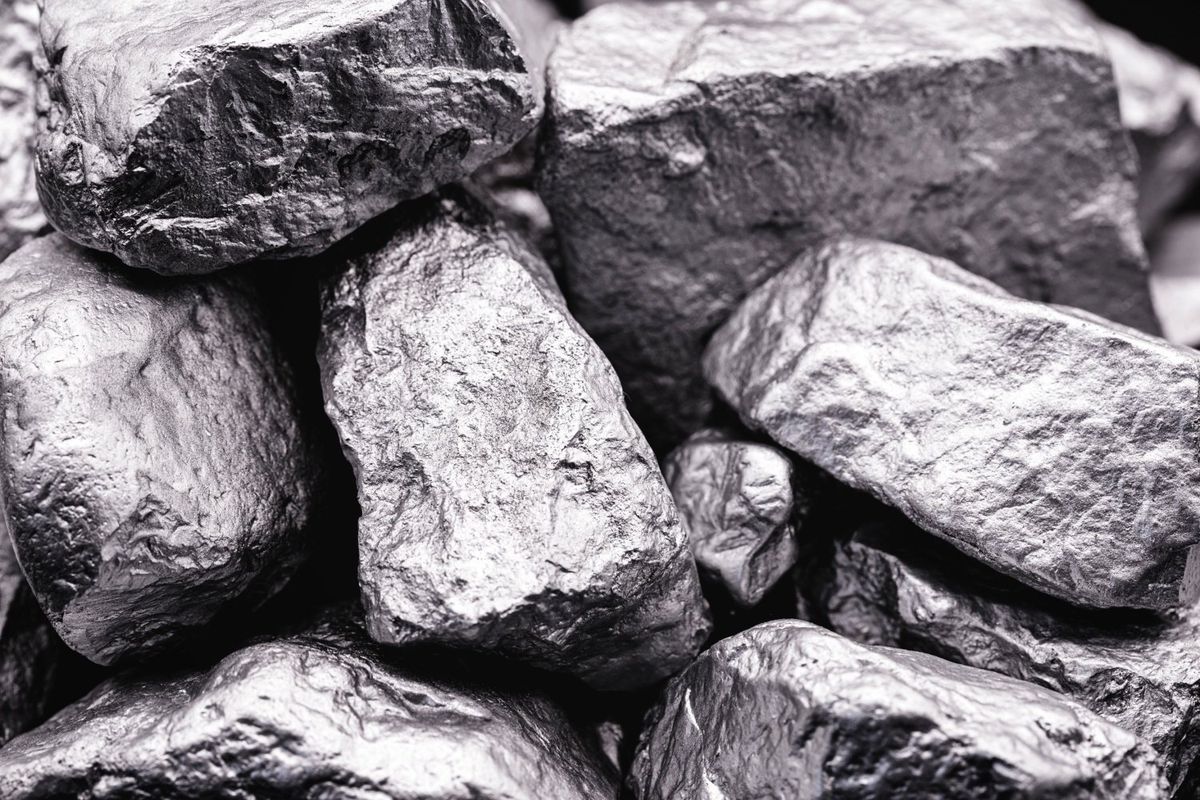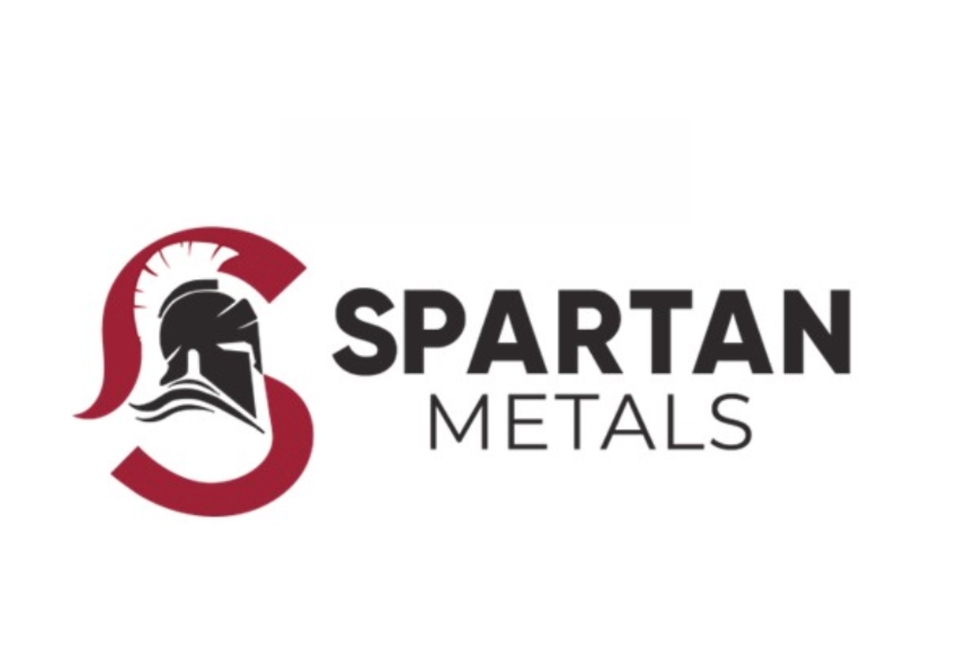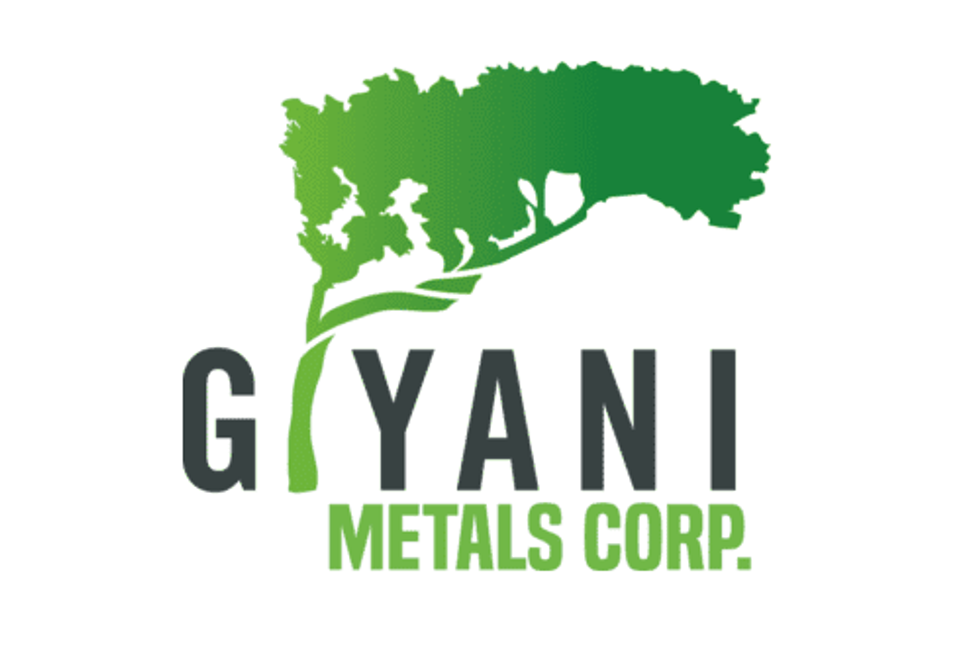Manganese in Australia: Mines and Projects to Watch
Interested in learning about manganese in Australia? Here's a breakdown of the country's manganese market and what to consider before diving in.

Manganese is a hard, silvery metal with many uses in the world driving demand today. Manganese mines in Australia are working to meet that demand.
Despite being brittle, it adds strength and wear-resistance to metals like iron. It can be used to make glass and ceramics, and manganese sulphate is even used as a fungicide. Manganese is also an essential mineral in our diets, and is found in bones as well as organs like the kidneys, liver and brain.
But most substantially, manganese is used in the Australian and global industrial metals sector. Right now, about 85 to 90 percent of manganese demand comes from the steelmaking sector, including ironmaking.
Manganese in Australia: Battery market applications
While manganese is most commonly used in the steel and construction industries, the rechargeable battery sector is the second biggest demand sector of manganese. Nickel-manganese-cobalt (NMC) batteries are one of the most commonly used types of lithium-ion battery in hybrids and electric vehicles (EVs) today, as they have a have a high cycling rate, high capacity and high power, as well as a low self heating rate. Lithium-manganese-iron-phosphate (LMFP) batteries are also growing in popularity as they are more affordable than NMC batteries while bringing the energy density benefits of manganese to the lithium-iron-phosphate (LFP) formula.
Much of the world is slated to move toward EVs and hybrid cars, which may lead to a significant rise in demand (and prices) for production from manganese mines in Australia. Additionally, support for electrification and critical metals from many Western governments will be another factor driving their adoption. Not to mention China, which is currently one of the biggest suppliers and buyers of manganese, promises to phase out gas-burning cars entirely by 2035.
Manganese in Australia: Outlook for 2024
Manganese prices may be heavily driven by the steel sector, but it is the EV battery industry that has investors excited about manganese’s future.
In fact, demand for manganese sulphate is expected to double in the next 10 years thanks to the lithium-ion battery market. Though the steel sector will still be the biggest consumer of manganese, the battery industry is expected to impact the manganese supply chain.
While this industry is likely the fastest-growing player in the manganese production market, there are other industries to consider. For instance, the micronutrient market, which includes high-purity manganese, is expected to reach a market size of US$9.03 billion by 2032 compared to 2023's US$4.87 billion.
As mentioned, the alloy demand in the steel sector is huge. The manganese alloy industry was valued at US$20.61 billion in 2023, and it is expected to grow at a compound annual growth rate of 5.11 percent to reach US$29.21 billion in 2030, according to Maximize Market Research. This growth will be driven by increasing demand from both the steel industry and EV market.
Still, despite this increasing demand, manganese prices have been volatile over the last few years. Looking at the overall market for manganese in 2024, supply and demand should be broadly in balance, although there may be pinch points during the year, according to analysts at Project Blue.
“We expect ore prices to remain under pressure moving into 2024 due to the uncertainty facing the Chinese steel and construction market,” they wrote. The firm sees Chinese domestic demand supporting higher ore and alloy prices in the short term, and a potential global economic recovery in 2024 returning prices to a cost-driven level in the medium term.
“Thereafter, our price forecast is more driven by fundamentals and the need for new capacity to be developed,” the analysts added. “We expect prices in China to rise in the second half of the decade.”
Manganese mines in Australia
South Africa, Gabon and Australia are the world’s largest producers of manganese, and combined they hold about 61 percent of global reserves.
Australia is the third largest producer of manganese, putting out about 3 million tonnes per year. These manganese exports bring around AU$2 billion to the country every year. Although Australia has a large role in the global manganese market, production of the metal in Australia is relatively recent; it wasn’t mined there until 1965.
Australia's key manganese ore mines are Woodie Woodie, Groote Eylandt and Bootu Creek. Woodie Woodie is located in Western Australia and is operated by privately owned Consolidated Minerals. Groote Eylandt in the Northern Territory is operated by the Groote Eylandt Mining Company (GEMCO), a joint venture 60 percent owned by South32 (ASX:S32,LSE:S32,OTC Pink:SHTLF) and 40 percent owned by Anglo American (LSE:AAL,OTCQX:AAUKF). Also in the Northern Territory, Bootu Creek is owned by OM Holdings (ASX:OMH,OTCQX:OMHI) and has been on care and maintenance since January 2022.
South32 and Anglo American are both significant companies in the manganese space, with operations in top producer South Africa and other countries.
The Australian manganese market has faced a few ups and downs over the years. Most recently, operations at Groote Eylandt were suspended in mid-March 2024 following the destruction caused by tropical cyclone Megan making landfall in Australia’s Northern Territory.
The storm's impact on critical infrastructure at South32's manganese site included the wharf from which the company shipped its manganese ore as well as a haulage bridge that connected mining areas to processing facilities. South32's management is looking to January to March 2025 for the full resumption of activities at Groote Eylandt.
Australian manganese projects and plants
In terms of advanced-stage manganese projects under development in Australia, Black Canyon (ASX:BCA) holds a substantial land package in Western Australia including across the Balfour manganese field and the Oakover Basin. The company’s global mineral resource across the Balfour manganese field totals 314 million tonnes at 10.5 percent manganese for contained resources of 33.1 million tonnes of manganese.
During 2023 flowsheet testing at its Balfour manganese field project, Black Canyon produced its first batch of battery-grade high-purity manganese sulphate monohydrate (HPMSM) from manganese oxide samples taken from the KR1 deposit at Balfour. HPMSM is an important component of lithium-ion battery cathodes. Black Canyon is working to establishing a battery-grade manganese plant in Australia with a large-scale HPMSM pilot project to begin this year.
Other manganese companies with advanced development projects in Western Australia include Element 25 (ASX:E25) and Firebird Metals (ASX:FRB).
Element 25 is in the midst of advancing on a stage 2 expansion project at its wholly owned Butcherbird manganese operation to bring production up to approximately 1.1 million tonnes per year of high silica manganese ore. The company is working in partnership with General Motors (NYSE:GM) and Stellantis (NYSE:STLA) to construct a battery-grade HPMSM refinery in Louisiana, US, to produce up to 135,000 tonnes per year of high-purity manganese sulphate monohydrate for the US electric vehicle market using material recovered at Butcherbird.
Firebird Metals’ Oakover high-purity manganese project hosts a mineral resource estimate of 172 million tonnes at 9.9 percent manganese and an indicated resource of 105.8 million tonnes at 10.1 percent manganese. According to a recent scoping study, the site could host production of 1.2 million tonnes per year of manganese concentrate with an 18 year mine life.
Firebird is also integrating a downstream processing facility in China to produce battery-grade high-purity manganese sulphate for the LMFP battery market. In late May 2024, the company announced it has received the safety permit for Stage 1 of its China-based manganese sulphate plant in China. Stage 1 operations are slated to begin in late 2025 and will be fed with third party manganese, while Stage 2 is planned to be fed with manganese from Oakover.
Don’t forget to follow us @INN_Australia for real-time updates!
This is an updated version of an article first published by the Investing News Network in 2022.
Securities Disclosure: I, Melissa Pistilli, hold no direct investment interest in any company mentioned in this article.
Editorial Disclosure: Firebird Metals and Element 25 are clients of the Investing News Network. This article is not paid-for content.
- Manganese Market Forecast: Top Trends for Manganese in 2025 ›
- Top 5 Manganese Reserves by Country (Updated 2024) ›
- South32 Reports Lower Manganese Output After Cyclone, Says Exports Will Resume in 2025 ›
- How to Play the Battery Metals Market in Australia | INN - Investing ... ›
- Battery Metals in Australia - Investing News Australia ›



